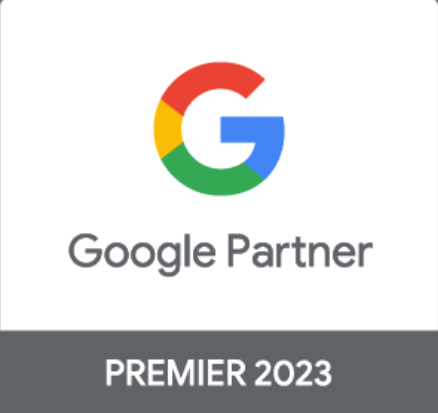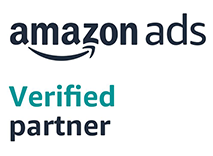Solutions
Supercharge your eCommerce Ads for maximum returns
Product
Adyogi automates your ad management operations to deliver performance and profitability
Facebook & Google Ad management
Amazon Ad management
Resources
Learn more about Adyogi's thought leadership
Resources
Partners
A 360-degree partnership directory to benefits ecommerce brands and our partners alike




-1.png)






